Installation Techniques
When it comes to installing drywall alternatives, it is important to follow the manufacturer's instructions carefully. Some alternatives may require special techniques or tools that differ from traditional drywall installation. For example, some of them may require blocking, strapping, or sheeting as a backer with the wall studs to create sufficient rigidity.
Before beginning the installation process, make sure to prepare the surface properly. This may involve removing any existing drywall or other materials, cleaning the surface, and applying any necessary primers or sealers. It is also important to carefully measure and cut the alternative material to ensure a proper fit.
Maintenance Tips
Once your drywall alternative is installed, it is important to maintain it to ensure its longevity and appearance properly. One of the most important things you can do is to keep the surface clean and free of debris, dust, and other contaminants. This can be done using a soft-bristled brush or a damp cloth.
If the material you used is painted, it is important to touch up any chips, scratches, or other damage as soon as possible. This will help prevent further damage and keep the surface looking its best. To touch up the surface, simply apply a small amount of paint to the affected area and blend it in with the surrounding area using a brush or roller.
In addition to regular cleaning and touch-ups, inspecting your walls regularly for signs of damage or wear is important. This may include cracks, holes, or other damage requiring repair or replacement. By catching these issues early, you can prevent further damage and keep your walls looking their best for years to come.
Cost Comparison
Affordability of Alternatives
Regarding affordability, drywall is often the go-to option for interior walls. However, there are some drywall alternatives that can be more cost-effective. For example, PVC wall panels can be a cheaper alternative to drywall in the long run due to their durability and resistance to moisture and mold.
If you're looking for a more affordable option, consider using reclaimed wood or barn wood. While the cost of these materials can vary depending on availability and location, they can be a cost-effective way to achieve a rustic or modern farmhouse aesthetic.
Long-Term Savings
While drywall may be the cheapest option upfront, it may not be the most cost-effective in the long run. Drywall can be prone to moisture and mold damage, leading to costly repairs. Additionally, drywall requires regular maintenance, such as patching and painting, which can add up over time.
Ultimately, the cost of drywall alternatives will depend on various factors, such as the type of material, installation costs, and long-term maintenance needs. Consider your budget and long-term goals when choosing the best alternative for you.
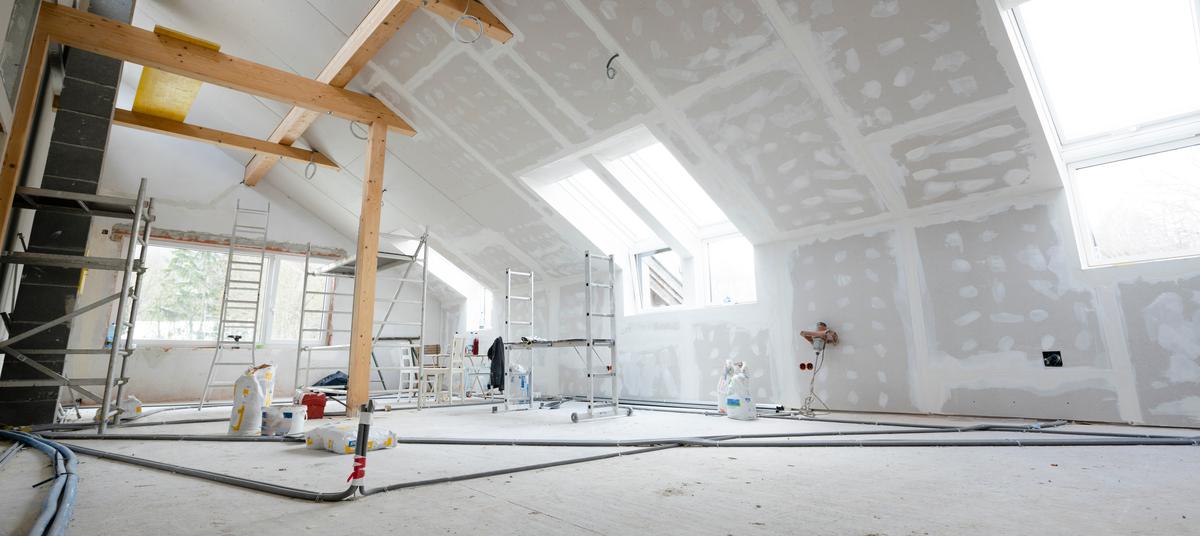
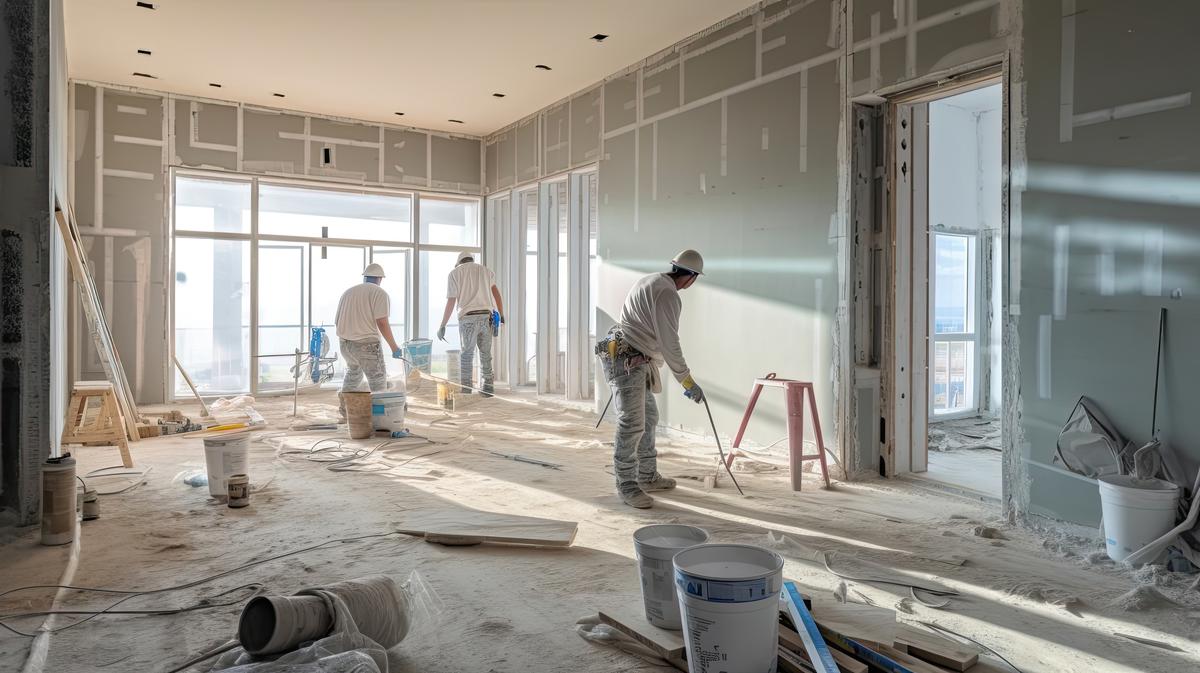
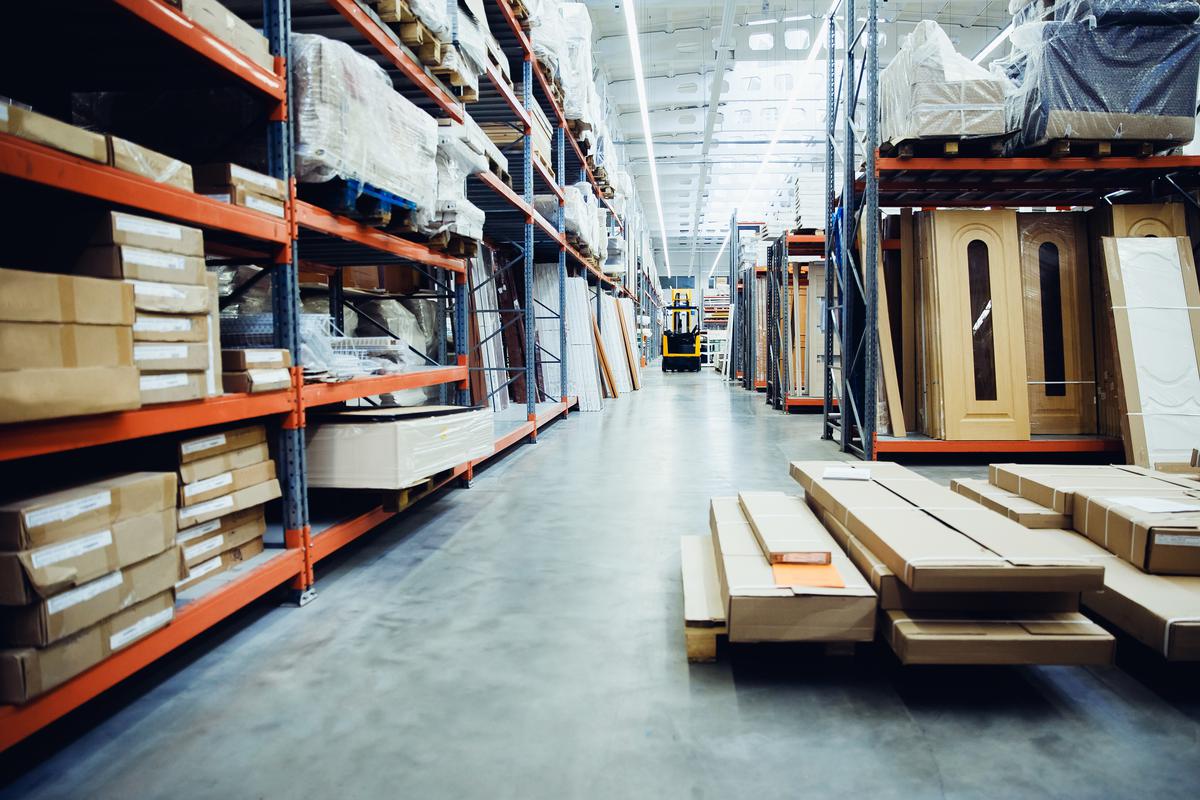
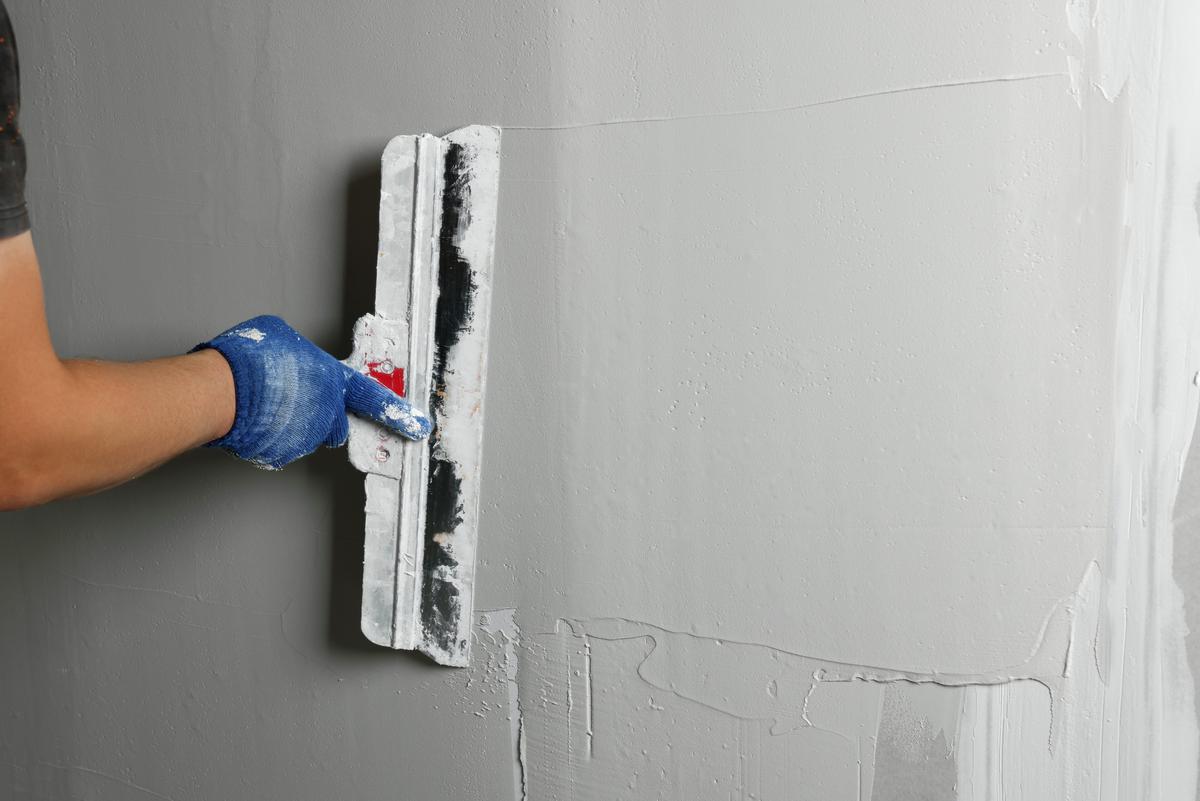

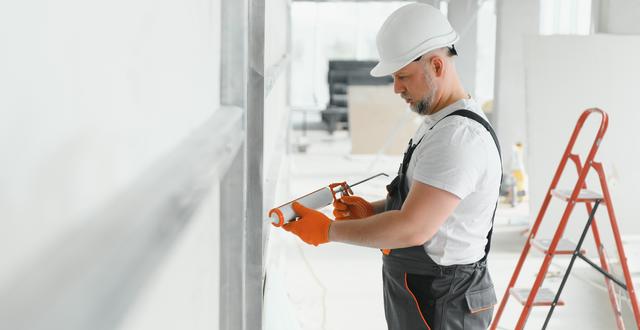

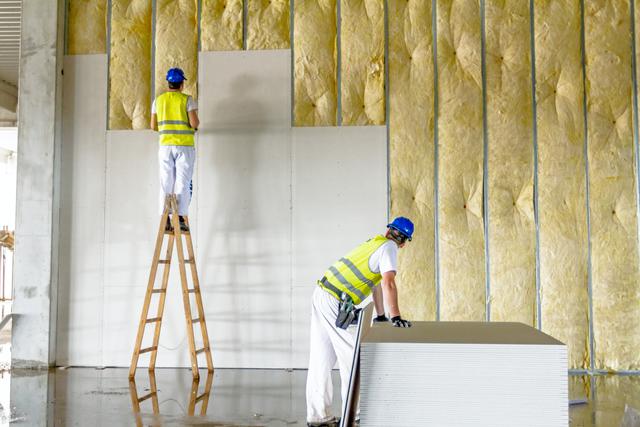
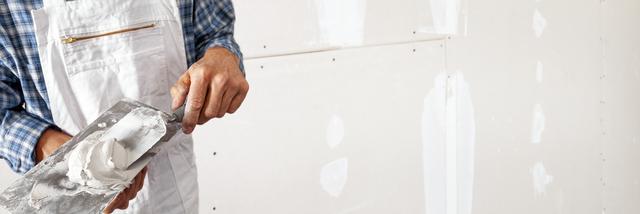
comments